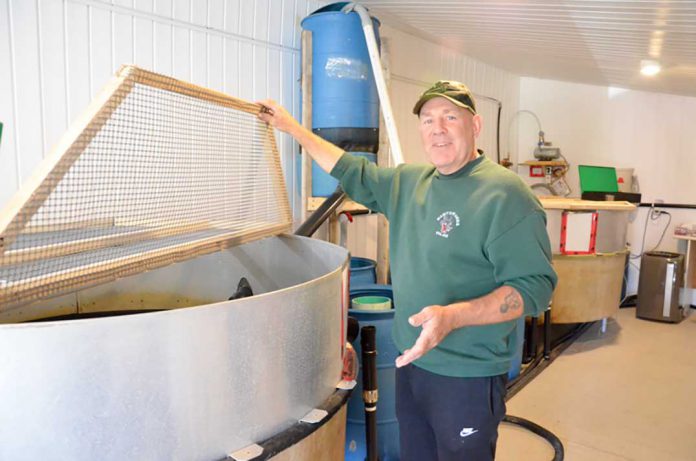ROBINSON-HURON—The last time the Robinson Huron Treaty annuities were given a raise Alexander McKenzie was the second prime minister of Canada and Alexander Graham Bell had just made the first sound transmission—that was 1875 and the rise was to the princely sum of $4. That $4 would be roughly $84.70 if adjusted for inflation in today’s dollars.
The chiefs of the Robinson Huron Treaty have been trying to get the federal government to address the issue for ages through the Robinson Huron Treaty Annuities Claim. On September 25 the chiefs will begin their day in court, seeking to force the federal government to live up to what they allege are the government’s obligations in the Ontario Superior Court. The court case opens in Thunder Bay, moving on to Sault Ste. Marie and is scheduled to be on Manitoulin Island October 23.
In an open letter to Prime Minister Justin Trudeau and Indigenous Affairs Minister Carolyn Bennett the chiefs take the government to task over the doublespeak disconnect between the feds feel good pronouncements and action on the ground.
“We are writing to express, in good faith but in no uncertain terms, our profound disappointment regarding the clear and complete disconnect between your government’s enlightened words and hopeful statements and the actions of your government in dealing with our claim,” write the chiefs on August 22, replying to a letter from the minister. “Your letter says: ‘the Government of Canada places a high priority on renewing a nation-to-nation relationship with Indigenous peoples. We are committed to developing a partnership based on recognition of rights, respect and cooperation.’ Yet, by its actions, your government is doing the exact opposite.”
The chiefs challenge both the language and the tone of the government’s representatives in the negotiations, as well as the substance of their position on the negotiations.
“Unfortunately, not only have your officials rejected our overtures at reconciliation, your lawyers are advancing arguments and evidence in the litigation that can only be described as outdated, obsolete, ethnocentric, adversarial and inflammatory,” write the chiefs. “Needless to say, they reflect attitudes that are contrary to the Truth and Reconciliation Commission Report and the UN Declaration on the Rights of Indigenous Peoples.”
“There seems to be a real disconnect between the legal people at the treasury office and the other departments of the government,” suggested Wiikwemkoong Ogimaa Duke Peltier, one of the signatories of the letters.
According to the Anishinaabek claim, “the ‘Ojibwe’ agreed to share their lands and resources with the newcomers—approximately 35,700 square miles of territory. The treaty territory covers the lands north of Lake Huron from Penetanguishene to beyond Sault Ste. Marie, up to the height of land. The Robinson Superior Treaty, signed on September 7, 1850, covers lands north of Lake Superior, from North of Sault Ste. Marie to Thunder Bay. The Robinson Treaty territories have yielded vast amounts of revenues from forestry, mining and other resource development activities over the years, yet the annuities remain at a mere $4 per year.”
Despite the obvious frustration evident in the chiefs’ communications, they end their latest letter to the prime minister with an olive branch. “We can only hope that your words and Canada’s announcement of its Principles Respecting the Government of Canada’s Relationship with Indigenous Peoples and the need for a new litigation strategy will combine to cause Canada to negotiate, rather than to litigate, a resolution of our treaty annuities claim. Only in this way can reconciliation truly be reached.”

![Chief_Shingwauk_at_Robinson_Huron_Treaty_Signing_in_1850 By Government of Canada [Public domain], via Wikimedia Commons](https://www.manitoulin.com/wp-content/uploads/Chief_Shingwauk_at_Robinson_Huron_Treaty_Signing_in_1850-1068x1037.jpg)


